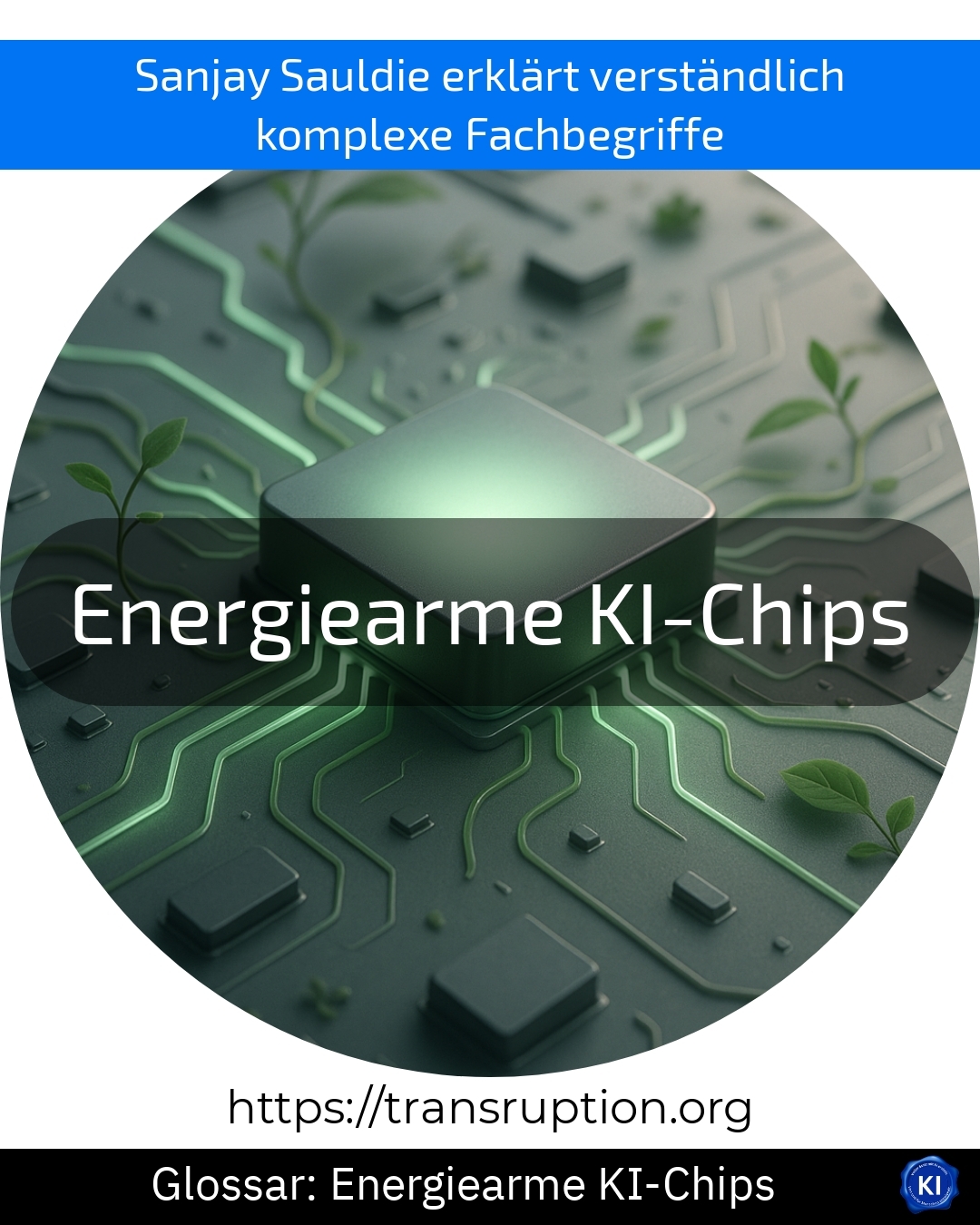The term "low-energy AI chips" is firmly anchored in the categories Artificial Intelligence, Sustainability and Environment 4.0 as well as Industry and Factory 4.0. These specialised chips are developed in such a way that they consume particularly little power when used with artificial intelligence (AI). This makes it possible to operate even complex AI applications efficiently and in an environmentally friendly way.
Low-energy AI chips use smart technologies to process data and fulfil tasks using as little energy as possible. This is important in factories, for example, where many machines and sensors use AI at the same time. Conventional chips often consume a lot of electricity, which is not only expensive, but also has a negative impact on the environment due to the high energy consumption.
An illustrative example is an agricultural robot that uses a low-energy AI chip to distinguish weeds from crops and remove them in a targeted manner. The robot works for hours in the field without needing to be constantly recharged - and saves electricity and costs in the process.
Low-energy AI chips are becoming increasingly important for companies that want to act in a resource-saving and future-proof manner, particularly due to the increasing demand for electricity as a result of digitalisation and AI trends.















